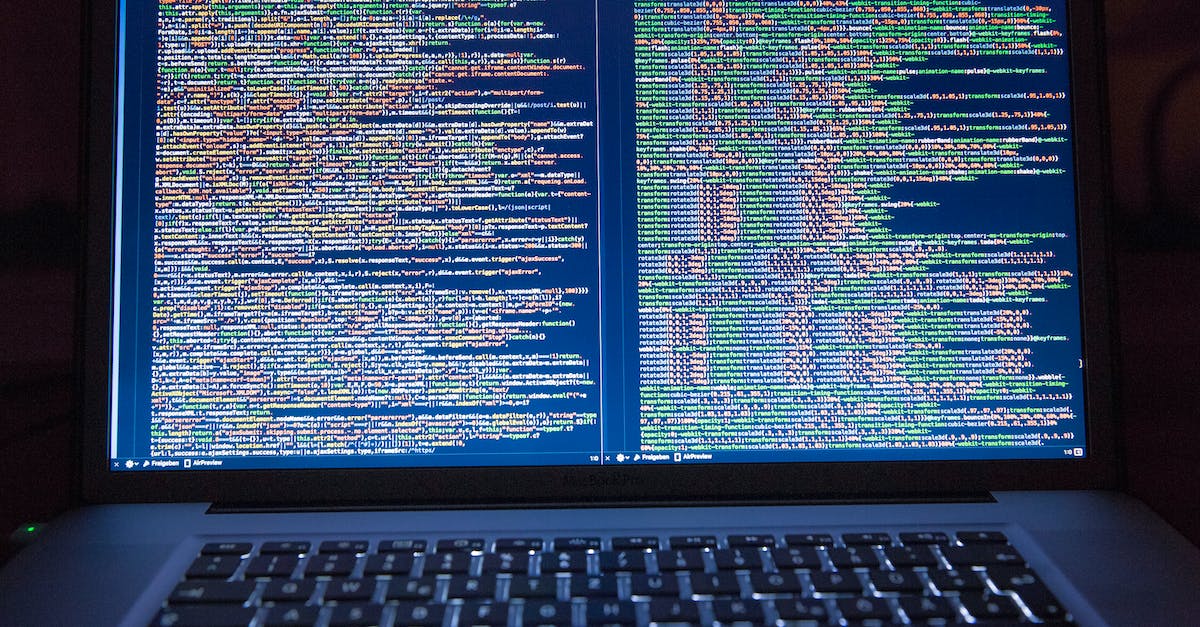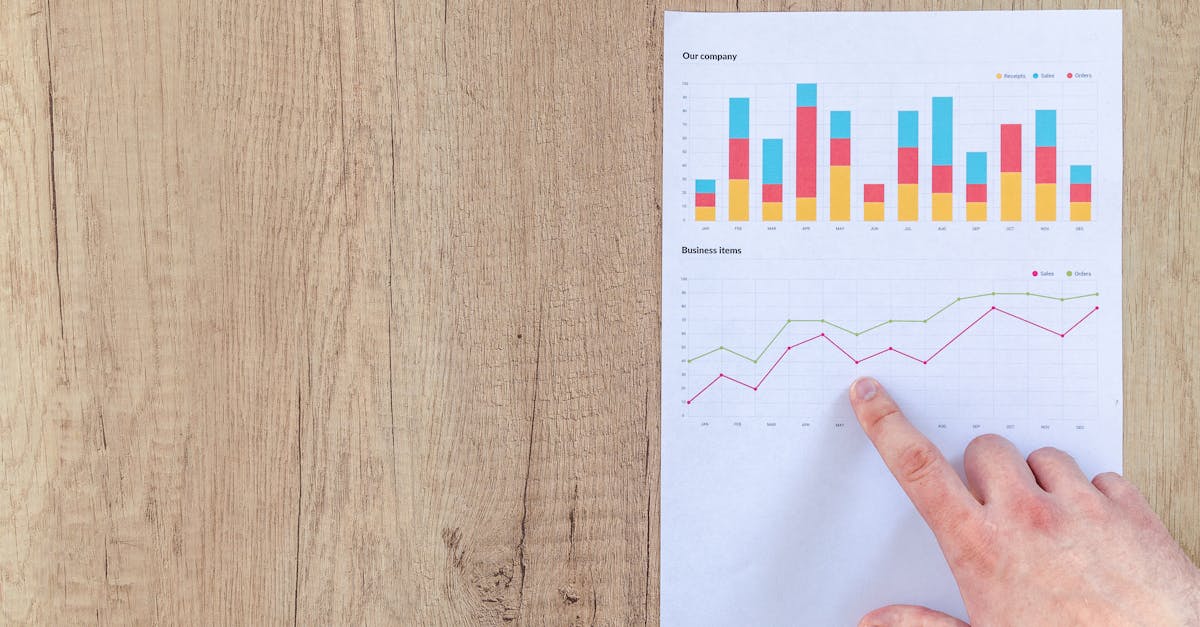Ever found yourself scratching your head, unsure of which variables to focus on in your data models?
We’ve felt that frustration too.
Understanding the distinction between dependent and independent variables is critical for building accurate predictive models and extracting meaningful ideas from your data.
With years of experience in data science, we’ve dissected complex statistical concepts into bite-sized pieces.
Let’s plunge into this informative voyage hand-in-hand, clarifying dependent and independent variables to boost you in your data-driven decision-making.
Get ready to improve your data science game with us by your side.
Key Takeaways
Dependent variables:
- Dependent variables are what we aim to predict or explain in data science.
- Understanding how changes in independent variables impact dependent variables is critical for building accurate predictive models.
- Looking at dependent variables provides ideas into the factors that drive specific outcomes.
- Dependent variables are what we aim to predict or explain in data science.
- Understanding how changes in independent variables impact dependent variables is critical for building accurate predictive models.
- Looking at dependent variables provides ideas into the factors that drive specific outcomes.
Independent variables:
- Independent variables are manipulated to observe their impact on dependent variables.
They can be continuous (e.g., temperature) or categorical (e.g., gender).
Relationships between independent variables may affect predictive model accuracy. - Independent variables are manipulated to observe their impact on dependent variables.
- They can be continuous (e.g., temperature) or categorical (e.g., gender).
- Relationships between independent variables may affect predictive model accuracy.
Relationship between variables:
- Strong relationships between independent and dependent variables improve prediction accuracy. Weak connections may lead to less accurate predictions.
- Identifying patterns in the relationship aids prediction accuracy.
- Strong relationships between independent and dependent variables improve prediction accuracy.
- Weak connections may lead to less accurate predictions.
Identifying patterns in the relationship aids prediction accuracy.
Best practices:
- Ensure data cleaning, feature selection, and avoidance of multicollinearity. Normalize variables, carry out cross-validation techniques, and use regularization methods. Following these practices leads to building strong predictive models in data science.
- Ensure data cleaning, feature selection, and avoidance of multicollinearity.
- Normalize variables, carry out cross-validation techniques, and use regularization methods.
- Following these practices leads to building strong predictive models in data science.
Understanding Dependent Variables
In data science, dependent variables are what we aim to predict or explain.
They are the outcomes or results that we want to understand based on the input provided by the independent variables.
By looking at dependent variables, we can scrutinize relationships and patterns that help us make smart decisions.
When working with dependent variables, it’s critical to consider the relationships they have with independent variables.
Understanding how changes in the independent variables impact the dependent variable is critical to developing strong predictive models.
Without a clear grasp of the dependent variables, our ability to draw accurate endings from the data is compromised.
Exploring and looking at dependent variables allows us to gain ideas about the factors that drive certain outcomes.
Whether it’s predicting customer behavior, stock prices, or disease diagnoses, grasping the nature of dependent variables is critical to data analysis and decision-making processes.
Exploring Independent Variables
When investigating the area of data science, understanding independent variables is indispensable.
These variables are critical as they are manipulated or changed to observe how they affect the dependent variable.
In simpler terms, they are the inputs we use to make predictions or explanations.
Here are a few important points to when exploring independent variables:
-
- Impact: Independent variables have a direct impact on the dependent variable. By modifying these variables, we can evaluate how they influence the outcome of interest.
-
- Types: Independent variables can be classified as continuous (such as temperature or time) or as categorical (like gender or region).
-
- Relationships: Key to scrutinizing any relationships between independent variables themselves. Multicollinearity, where independent variables are highly correlated, can impact the accuracy of a predictive model.
The Relationship Between Dependent and Independent Variables
In data science, the relationship between dependent and independent variables is critical for building predictive models.
Dependent variables are the outcomes we aim to predict, while independent variables are the factors that influence or help predict these outcomes.
To create accurate models, we must understand and evaluate how independent variables impact the dependent variable.
-
- Strong Relationships: When independent variables have a significant impact on the dependent variable, our models can make more exact predictions.
-
- Weak Relationships: Weak connections between independent and dependent variables may result in less accurate predictions.
-
- Identifying Patterns: By examining the relationship between independent and dependent variables, we can scrutinize patterns that aid in prediction accuracy.
Best Practices for Handling Dependent and Independent Variables
When working with dependent and independent variables in data science, it is critical to follow best practices to ensure the accuracy and reliability of predictive models.
Here are some key guidelines to consider:
-
- Data Cleaning: Start by ensuring your data is clean, consistent, and free from errors or outliers. Outliers can significantly impact the relationship between variables.
-
- Feature Selection: Carefully choose the relevant independent variables to include in your model. Feature selection techniques such as recursive feature elimination can help identify the most important predictors.
-
- Avoid Multicollinearity: Watch out for multicollinearity, where independent variables are highly correlated. This can lead to instability in model coefficients.
-
- Normalization: Depending on the algorithm used, consider normalizing your variables to ensure they are on a similar scale. This can improve the model’s convergence.
-
- Cross-Validation: Carry out cross-validation techniques to assess the model’s performance and ensure it generalizes well to unseen data.
-
- Regularization: Use regularization techniques like Lasso or Ridge regression to prevent overfitting and improve model interpretability.
By following these best practices, we can build more strong and accurate predictive models in data science.
For further guidance on data preprocessing techniques, check out this full guide on data cleaning Provided by Data Science Central.



